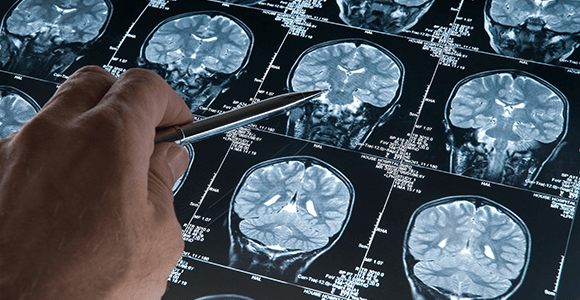
Recent testing by the Medical School at Harvard could restore vision to blind people. Instead of using more traditional computer chips made of electrodes, which fail under the creation of scar tissue, these new chips employ a more stable technology. They use magnets. It may mean a revolution in our brain hacking abilities.
This technology should bend the ears of grinders everywhere. It’s one thing for one to shove a RFID chip under the skin between the thumb and forefinger. It’s an entirely different ball of wires to implant something under the skull. This is the direction grinding will go in time.
Meanwhile, the Harvard group has figured out that they can hack the central nervous system (CNS) with their tech using a unique application of technology which could change the world
Hacking the CNS

lifehacker.com
As an advancement, placing chips below the skin is nothing new. We’ve been doing it since the 1990s. With more sophisticated technology, as far as placing it below the skin or connecting it to the central nervous system, we’ve had less success.
The problem is that our current chip communicates via electrodes. There is a time limit to the functionality of those electrodes, as the scar tissue that develops around them chokes off the communication over time. That fact hasn’t stopped us from trying.
In recent history, we’ve enjoyed the success of restoring some limb functionality and sight to otherwise impaired human bodies, all by wiring the brain cells of those bodies to computers.
The Solution
What researchers at Harvard propose is a employing an array of microscopic magnetic coils, the functionality of which scar tissue would not impede.
The implants are hair-thin, small enough to implant beneath the skull, on top of the brain. They don’t need to penetrate the brain itself. When stimulated, the hairs create magnetic fields, stimulating locations in the brain.
The initial tests, conducted on mice, demonstrated that researchers could trigger simple movements like whisker movement. Scale that up and one could stimulate limbs or cognitive centers in the brain.
The Foreseeable Future
We need more research, a lot more. This is only the surface.
The Harvard researchers will start testing on monkeys next. Human trials are so far out it’s barely worth mentioning, but the technology is promising.
If we can stimulate brain neurons without side-effects and little need for maintenance, there are a slew of medical conditions we could solve.
We stabilize heart arrhythmias without opening the chest of a patient. For patients whose bodies no longer move food through the digestive tract, we could correct the problem with coils in the brain.
This writer wonders how long before someone tries to stimulate learning centers in the mind or memory. This could be the way we turn ourselves into genius overlords who rule the universe. It may also be the way we fry a few brain cells.
While today’s biohackers monkey around with subdermal chips and LED implants, future hackers will delve into dark territories. It’s a matter of time before we find ourselves in a golden age of biotech or in a dystopian world of engineered super-humans.
Either way, biohacking is about to get very interesting.
Source: MIT Technology Review

